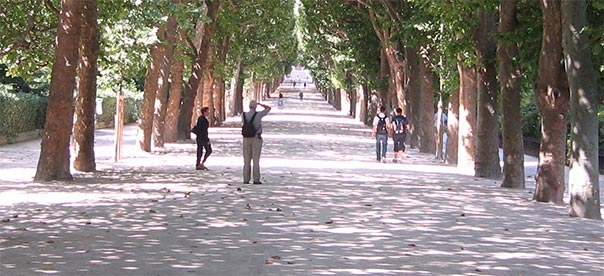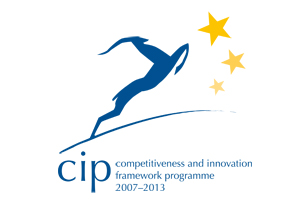 D2 Reducing pollution
D2 Reducing pollution
| Main Menu | Module GSTC HTO | Previous |
Next |
 |
|
| GSTC HTO Environmental Benefits and Impacts |
|
|
D2.5 Reducing Pollution – Harmful Substances |
|
|
The use of harmful substances, including pesticides, paints, swimming pool disinfectants, and cleaning materials, is minimized, and substituted when available, by innocuous products or processes. All storage, use, handling, and disposal of chemicals are properly managed. INDICATOR: • There are material safety data sheets for each chemical held/used. There has been a review of each chemical used to identify available alternatives which are more environmentally innocuous. Chemicals, especially those in bulk amounts are stored and handled in accordance with appropriate standards.
|
Example Travelife for Accommodations:
The business minimises the use of potentially hazardous substances against a baseline. INDICATOR: The business has established a baseline for the amount of hazardous chemicals it uses and demonstrates how it is actively working to minimise their usage |
| Main Menu | Module GSTC HTO | Previous |
Next |

























































